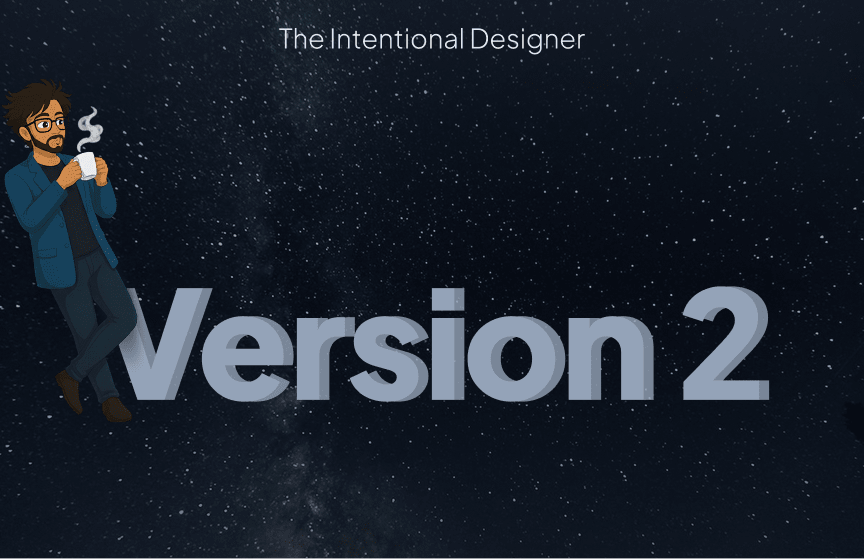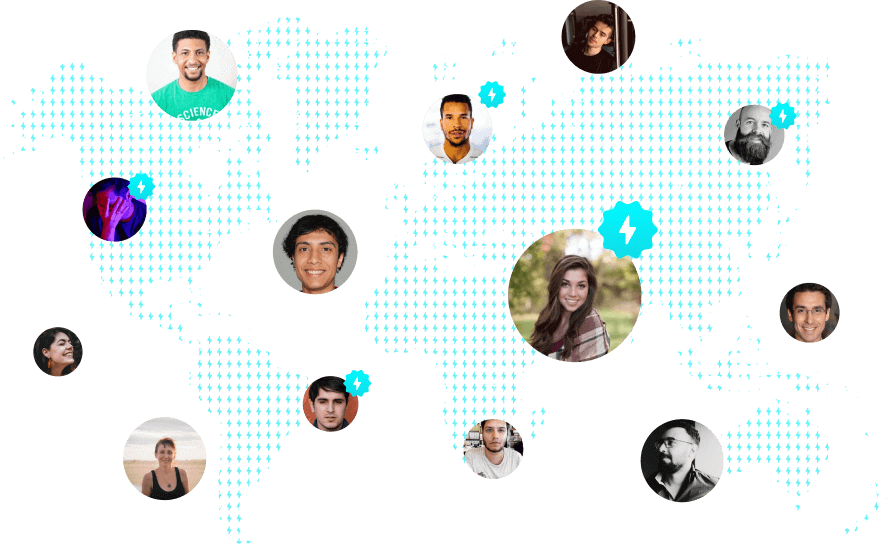The Intentional Designer (Version 2) - Aryan K. J.
The Intentional Designer: Version 2 - Deep Empathy (Personas)
Guided by Dhairya (My Fictional Character), The Intentional Designer
Design Focus: Empathy-Driven Strategy | Actionable Personas | Problem-to-Solution Mapping
Why I Chose This Focus
After defining the core problem (emotional fatigue and ambiguity) in Version 1, the most critical step was to humanise the data. Most designers treat persona creation as a checklist. I chose to dedicate an entire version to this because I needed a rigorous, defensible system where users—like Sheetal, Himesh, Priya, and Lalit—become the ultimate arbiters of every design choice. This focus ensures our solutions are strategic, not speculative. Version 2 is the critical bridge between what to solve (V1) and how to build it (V3+).
What Problem I Solved (V2 Focus)
Version 2 solved the methodological problem of translating complex qualitative data into simple, actionable design rules. Through Affinity Mapping of interview transcripts, and guided by Dhairya, I solved the following challenges:
| Problem Identified | Strategic Solution Introduced (V2 Deliverable) |
|---|---|
| Data Overload: Too many quotes and observations from interviews. | Four Core Archetypes: Consolidated data into four distinct personas (Sheetal, Himesh, Priya, Lalit) representing the full spectrum of needs. |
| Mandatory Persona Syndrome: Personas often feel detached from the final UI. | Design Imperatives: Established non-negotiable mandates (Clarity, Trust, Flexibility, Depth) derived directly from persona pain points. |
| Shallow Understanding: Focusing on demographics instead of core emotional needs. | Emotional Anchoring: Identified the specific emotional friction points (e.g., Fear of Exposure, Anxiety of Labelling) that must be mitigated by design actions (V8-V10). |
Duration (Version 2: Persona Synthesis)
∼ 2–3 Days Total (Self-initiated)
Day 1: Interview Data Review and Affinity Mapping to identify behavioural clusters.
Day 2: Drafting four detailed Persona Profiles, including unique narratives and voices (delivered by the persona).
Day 3: Defining Design Imperatives and mapping required features (V5-V10) directly to each persona's pain points.
My Design Process (Version 2 Focus)
This version focused entirely on Deep Definition and Empathy Mapping, turning qualitative data into strict design governance:
User Synthesis & Archetype Creation: Clustered raw interview data to develop four distinct archetypes, emphasising their goals and core frustrations.
Persona Narrative & Voice: Ensured each persona had a unique, relatable voice to convey their pain directly, making them immediately engaging and memorable.
Problem-to-Action Mapping: Directly translated each persona’s Pain Point (e.g., "Scepticism towards fake profiles") into a concrete Design Imperative (e.g., "Verified Profiles with Detailed Background Options").
Outcome (Version 2 Deliverables)
This version ensured the entire project is rigorously anchored in user needs, providing a Strategic Litmus Test for every future feature. I was able to:
✅ Create a clear, defensible, four-persona framework that guides all subsequent design work.
✅ Establish strict Design Mandates (Trust, Clarity, Flexibility, Depth) that veto unsuitable or non-intentional features.
✅ Solidify the human connection, transforming abstract V1 strategy into empathy-driven, actionable solutions.
✅ Prepare a detailed, evidence-based strategy for the crucial next step: Version 3: The Onboarding Flow.
This work, guided by Dhairya, proves that personas are the design arbiters—they are the process, not just a mandatory step.
06 Oct 2025







